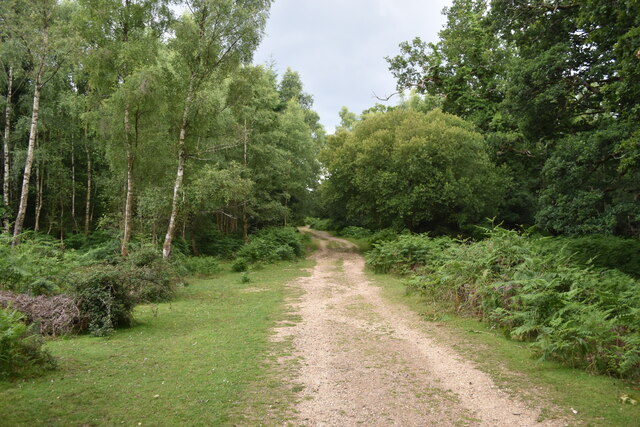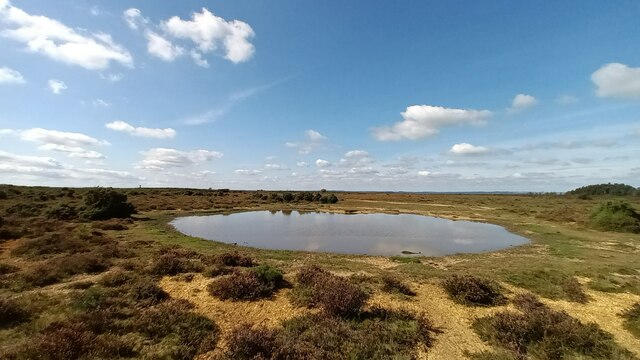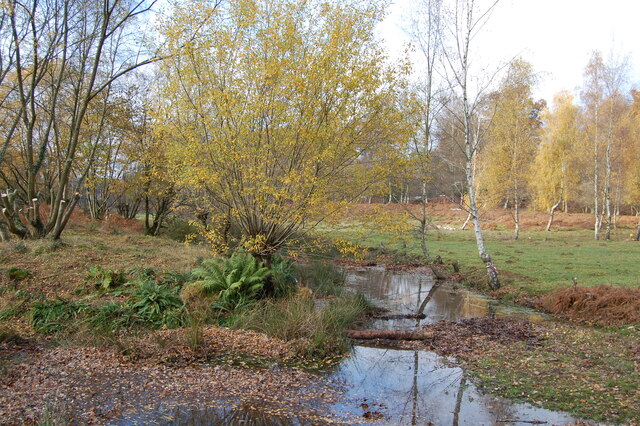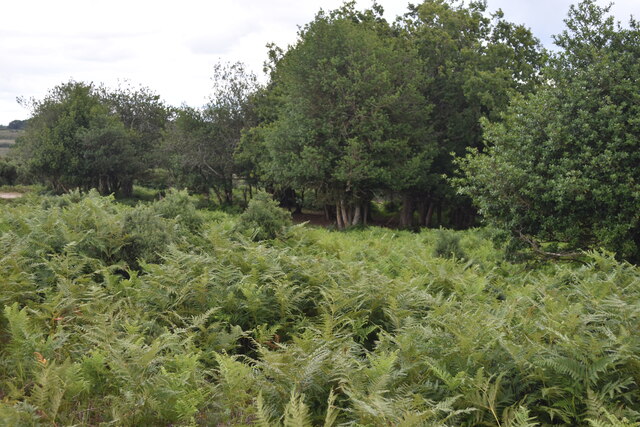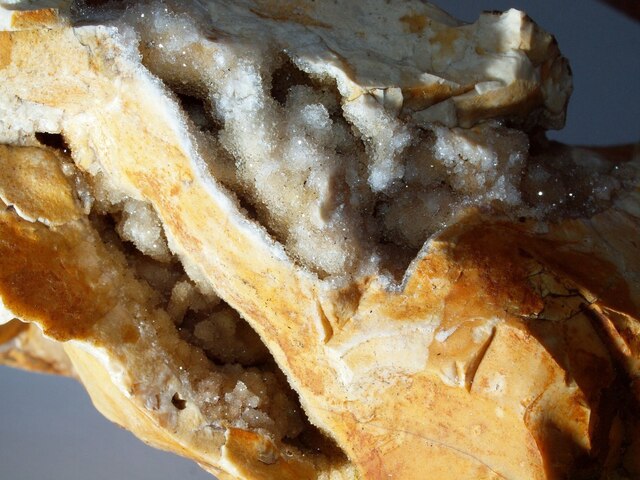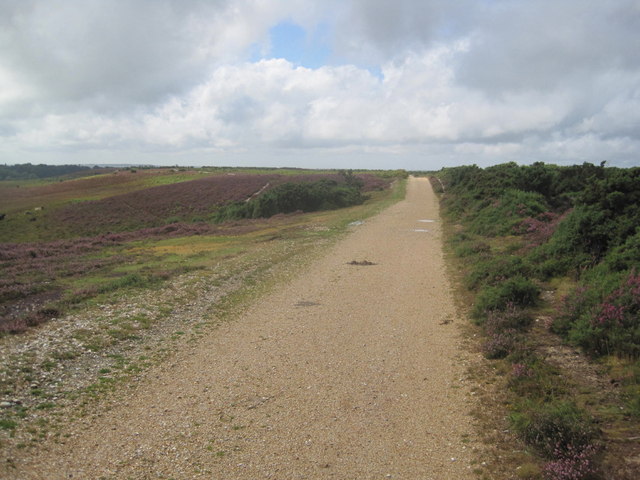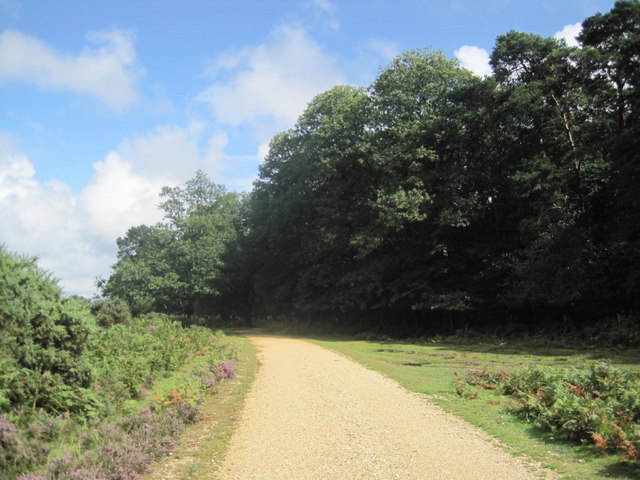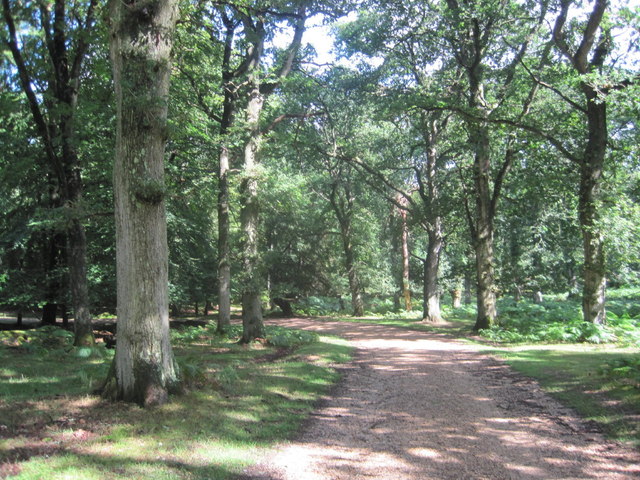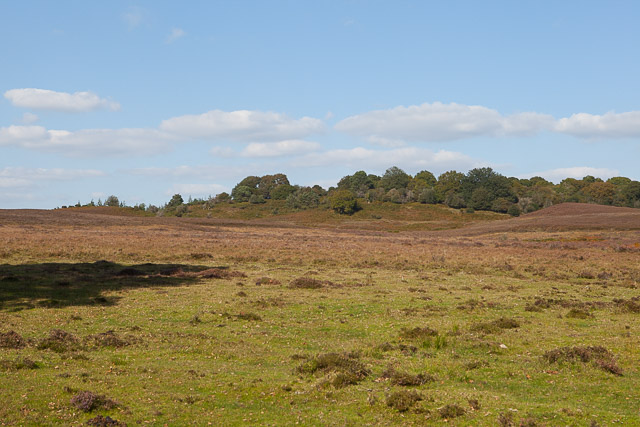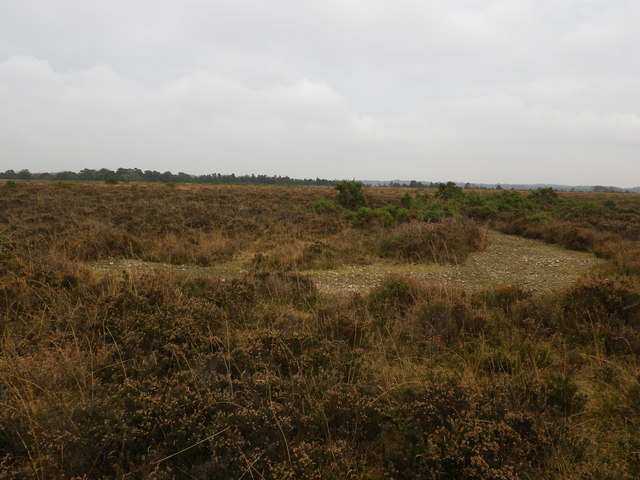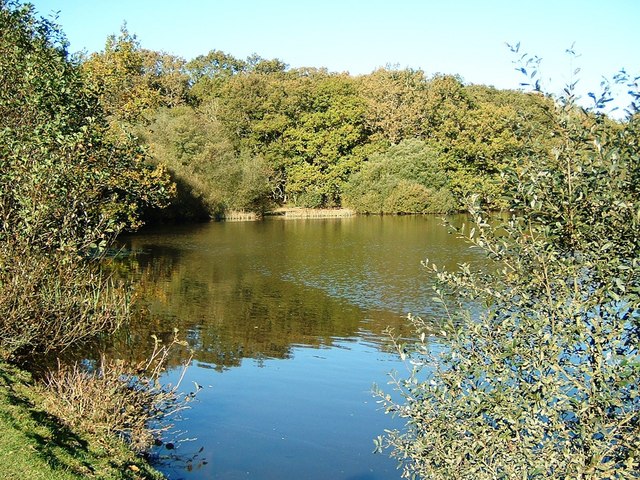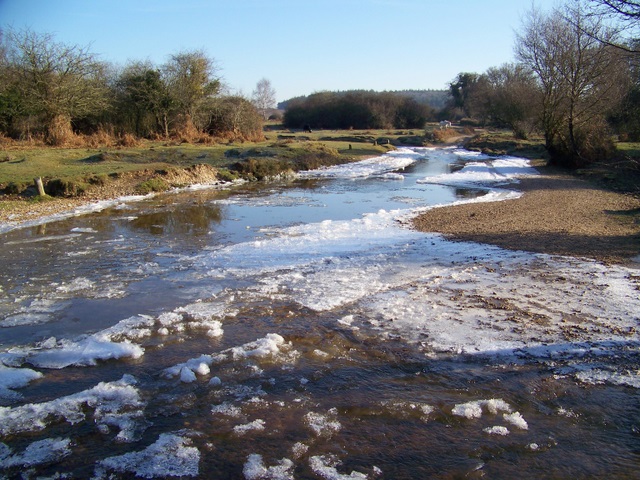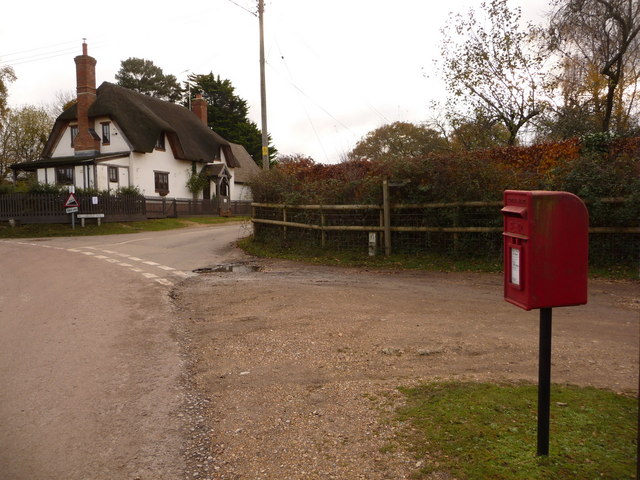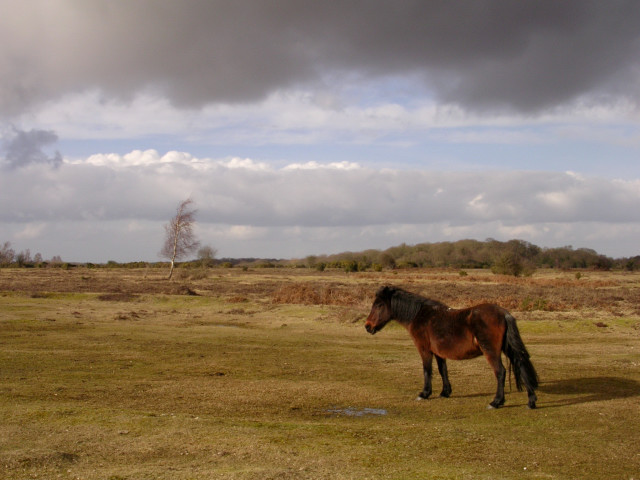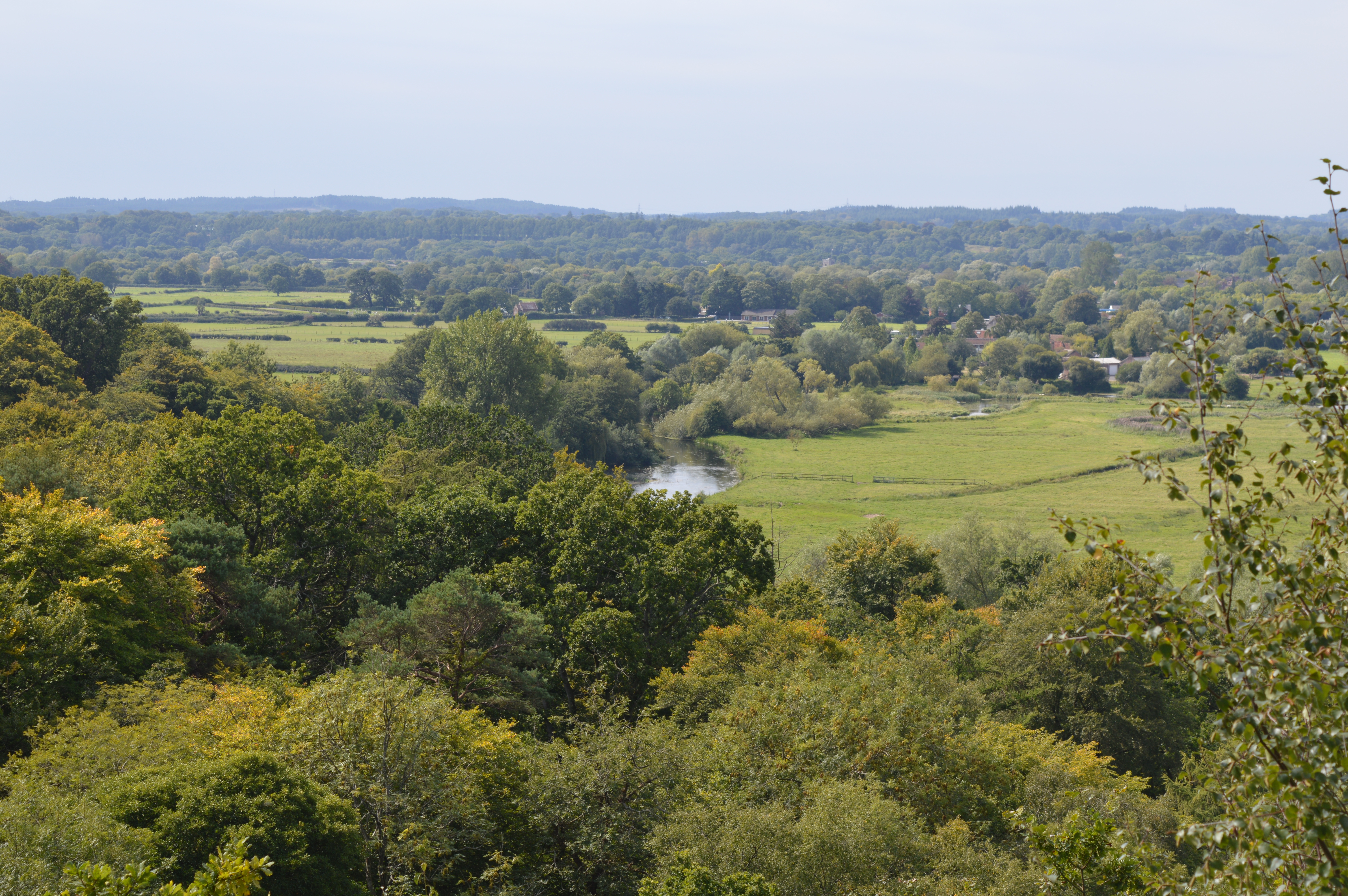Gaze Hill
Hill, Mountain in Hampshire New Forest
England
Gaze Hill
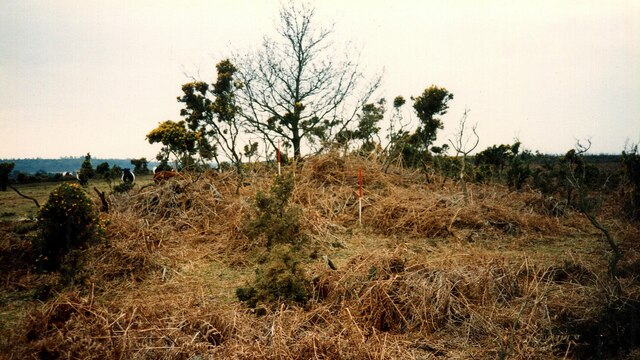
Gaze Hill, located in Hampshire, England, is a prominent hill that forms part of the South Downs National Park. Standing at an elevation of approximately 200 meters (656 feet), it offers breathtaking panoramic views of the surrounding countryside and the nearby village of West Meon.
The hill is covered in lush green meadows and grazing pastures, which provide a habitat for a variety of native wildlife, including deer, rabbits, and a wide array of bird species. The diverse flora also includes wildflowers, ferns, and ancient woodland, adding to the natural beauty of the area.
Gaze Hill is a popular destination for hikers, nature enthusiasts, and outdoor adventurers due to its easily accessible trails and stunning vistas. Several footpaths and bridleways traverse the hill, allowing visitors to explore its diverse landscape and enjoy the peaceful countryside.
At the summit of Gaze Hill, there is a viewpoint that offers uninterrupted views of the Hampshire countryside. On clear days, it is possible to spot distant landmarks, such as Winchester Cathedral and the Isle of Wight, adding to the appeal of this picturesque location.
The hill is also steeped in history, with evidence of prehistoric settlements and ancient burial mounds found in the vicinity. These archaeological remains provide insight into the rich cultural heritage of the area.
Overall, Gaze Hill in Hampshire is a natural gem, offering visitors the chance to immerse themselves in the beauty of the English countryside while enjoying stunning vistas and exploring its fascinating history.
If you have any feedback on the listing, please let us know in the comments section below.
Gaze Hill Images
Images are sourced within 2km of 50.923498/-1.7112748 or Grid Reference SU2013. Thanks to Geograph Open Source API. All images are credited.
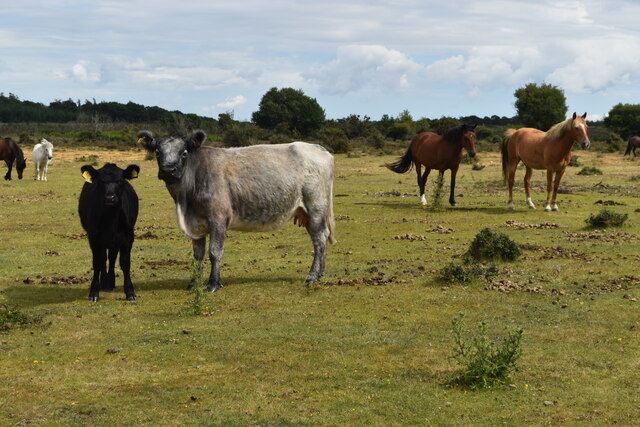
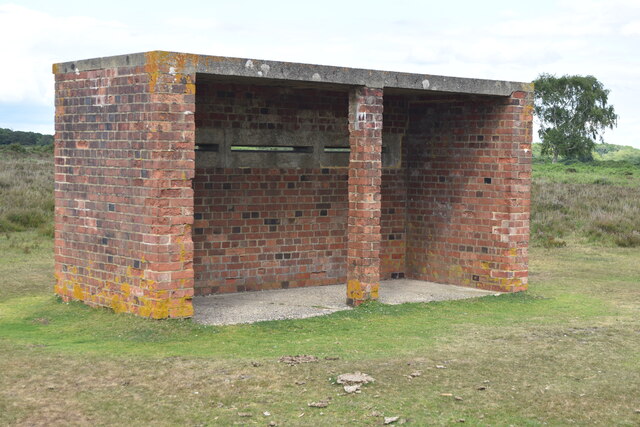
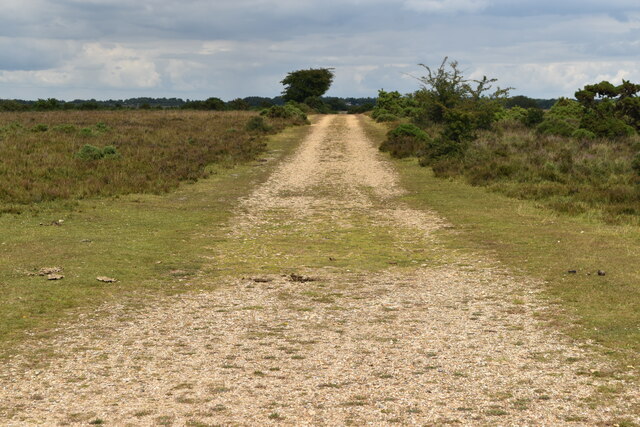
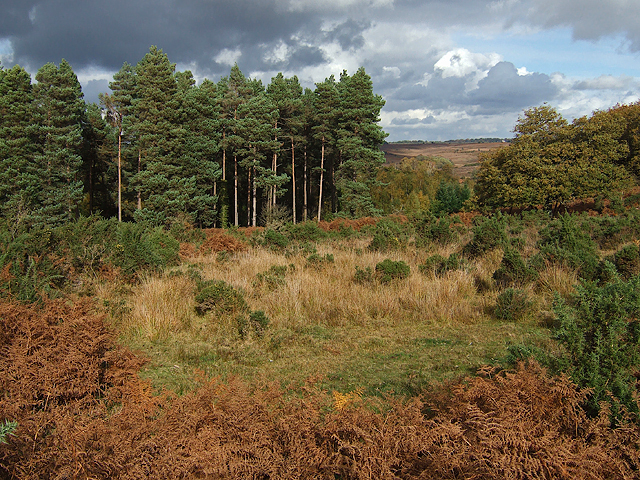

Gaze Hill is located at Grid Ref: SU2013 (Lat: 50.923498, Lng: -1.7112748)
Administrative County: Hampshire
District: New Forest
Police Authority: Hampshire
What 3 Words
///smoker.sorters.whirlpool. Near Fordingbridge, Hampshire
Nearby Locations
Related Wikis
Ashley Range
Ashley Range is a former World War II bombing range in the New Forest, Hampshire, England. The range is approximately 5 mi (8.0 km) north-west of Lyndhurst...
Eyeworth Pond
Eyeworth Pond is a pond located near Fritham in the New Forest, in Hampshire, England. The pond was created in 1871 by damming Latchmore Brook, with the...
Ogdens
Ogdens is a small hamlet south of Hyde Common near Frogham in the New Forest area of Hampshire, England. Ogdens is a hamlet in the civil parish of Hyde...
Blissford
Blissford is a hamlet in the civil parish of Hyde situated in the New Forest National Park in Hampshire, England. Its nearest town is Fordingbridge, which...
Frogham, Hampshire
Frogham is a small village in the New Forest National Park of Hampshire, England. It is in the civil parish of Hyde. Its nearest town is Fordingbridge...
Ocknell Plain
Ocknell Plain can be found in the New Forest near Southampton, England. The area was used in World War II for the Stoney Cross airfield and it is now very...
Sandy Balls
Sandy Balls is 120 acres (0.49 km2) of woods and parkland near the New Forest in Hampshire, England. Located between the village of Godshill and the town...
Godshill, Hampshire
Godshill is a village and civil parish and in New Forest National Park in Hampshire, England. It is about 1+1⁄2 miles (2.4 km) east of the town of Fordingbridge...
Nearby Amenities
Located within 500m of 50.923498,-1.7112748Have you been to Gaze Hill?
Leave your review of Gaze Hill below (or comments, questions and feedback).

